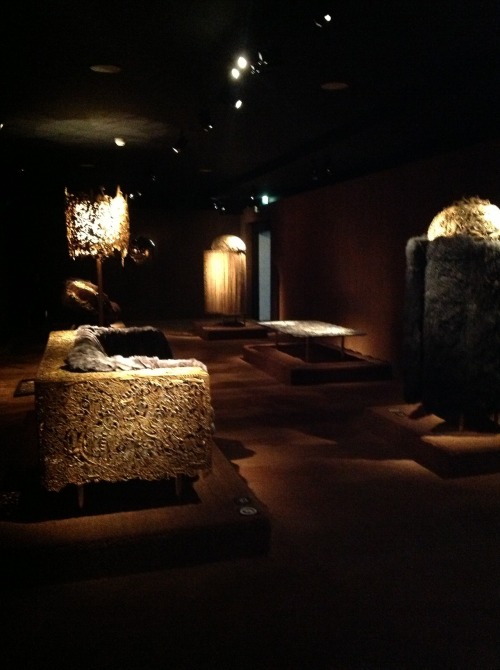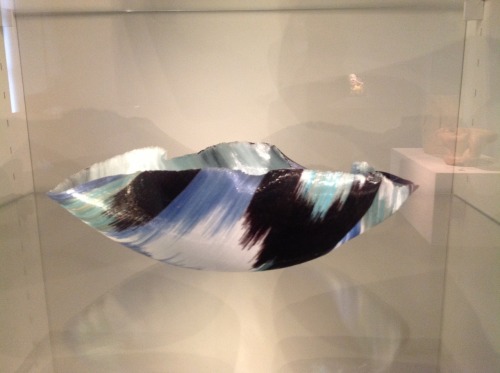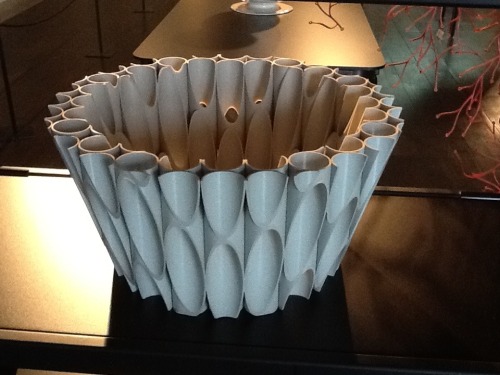
We saw the Frères Campana - Barroco Rococo at the Musee des Arts Decoratifs today. It is a tiny exhibition tucked away on the fifth floor behind an exciting display of contemporary design which we will blog about tomorrow!
This is the Campana brother’s first museum exhibition in France and they have some new pieces made especially for the occasion. I can’t help but think of Lenny Kravitz when I look at this work but then when I read about it, it becomes more interesting.
They worked with a gallery in Rome for this collection, which explores the theme of ‘private Roman interiors’. The works all relate to stylistic movements such as Baroque and Rococo ‘with the aim of drawing parallels between design and architecture’ to quote the English language text for the exhibition. We are not convinced - perhaps we need further explanation. Taking decorative elements from the 17th and 18th century in miniature versions and casting them in bronze so they are used as structures for sofas and candelabrum. What do you think?

In cherry wood and resembling an enormous fairy tea cup or classical urn, we love the strong organic element in the design of this intriguing piece by Julian Schwarz. Entitled ‘Big Cherry II’ the particular texture and irregularities of the wood take centre stage. Based in France, the artist works only with traditional hand tools (axes, saws, shears, gouges etc) and his starting point for this piece was a halved tree trunk which he carved into this powerful and raw object. His work inevitably makes us think of various references, but he is clear: ’I don’t like a piece to make people think of something. Through my bulky forms I am looking for solidity, energy, architectural presence. My work may have a brutal aspect but I hope it exudes a vital humanity’.
As well as the Musee des Arts Decoratifs, Julian Schwarz’s work can be found in the Fonds National d’Art Contemporain, The Henry Moore Foundation and the Tate and V & A Libraries.

This glass bowl caught our eye at the Musee des Arts Decoratifs today. Upon researching it for this blog we realize that we are far from the only ones who find the work of American glassmaker, Mary Ann Toots Zynsky extremely intriguing. In fact we read that she is represented in over 70 museums around the world! This piece was made while she lived between Paris and Amsterdam in 1990. It is one of her first elongated pieces made of tiny threads of glass melted together. Note the rough edges that reveal the individual strands - gorgeous and so unexpected! She is widely recognized for her experimentation in bold color choices.


No comments:
Post a Comment